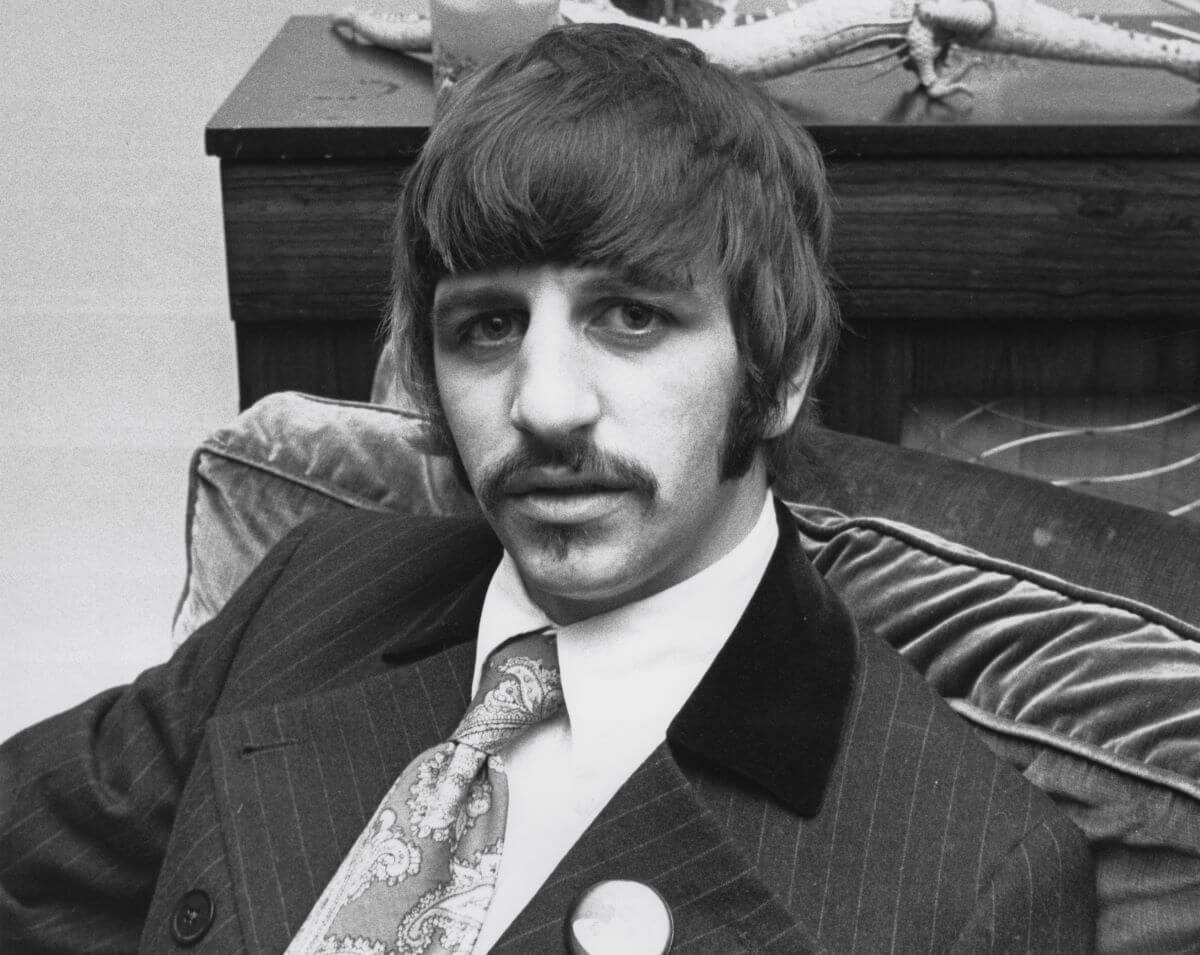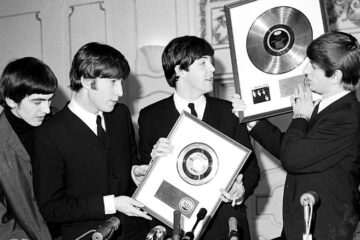On August 28th, 1968, drummer Ringo Starr quit The Beatles. No, this didn’t lead to the break-up of the band, and yes, Ringo would be back in the band a few days later. But it was the tipping point for growing tension within the group, which you could say spelt the beginning of the end.
Paul McCartney was obsessively micromanaging a drum fill during the recording of his song ‘Back in the USSR’, the opening track for The Beatles’ upcoming album, to the point that Starr said he couldn’t take it anymore. He stormed out of the session and went on holiday to Sardinia.
The two musicians made up soon after via a postcard McCartney sent Starr, which read, “You’re the best drummer in the world – really”. But that didn’t stop the band from continuing to record without their first-choice drummer in the meantime.
It was McCartney himself who sat behind the kit in Starr’s place, recording the final drum part for the song which had triggered the rift. He also drummed on Lennon’s track ‘Dear Prudence’ in the sessions that followed.
In truth, McCartney had had his eye on the band’s drum kit for a while. He’d already recorded the drums on his experimental song ‘Wild Honey Pie’, a riposte to Lennon’s musique concrète piece ‘Revolution 9’, which was recorded without him. And in early October, McCartney again played the drums on what was essentially a solo recording of ‘Martha My Dear’. All of these songs would end on The Beatles’ self-titled album released the following month.
Half a year later, John Lennon arrived back in London after honeymooning with his new wife, Yoko Ono, who was desperate to record the new song he’d just written. Since McCartney was the only other Beatle available at the time, the two of them agreed to go it alone in the studio. Lennon played the song’s two guitar parts, while McCartney played the drums as well as his usual bass part.
In a period of less than eight months, then, McCartney recorded the drum parts for five different officially-released Beatles songs. These would be the only songs by the band recorded with him playing the instrument.
Yet he features on drums on all of the songs from his debut album as a solo artist, 1970’s McCartney. He was the only one of the other Beatles not to use Starr as their drummer on the first album they released once the band had split up.
A seasoned backup drummer?
McCartney’s interest in the drums began in the late 50s, a time when he attempted to rope his younger brother Mike into joining his band by recommending the instrument to him. However, McCartney’s own initiation with the instrument began in Hamburg, on one of the residencies the young Beatles undertook in the years before they became famous.
“You’d get behind the kit to try and show the drummer what you wanted,” he told Drum in 2005. “That gradually grew to messing around on other people’s kits.”
Soon, the teenage musician was becoming quite handy with the sticks himself. “You picked up the simplest beats very naturally,” he explained. “I remember one evening when [fellow performer] Tony Sheridan’s drummer didn’t show up, so Tony said, ‘Come on, man, sit in!’”
After the performance went off without a hitch, McCartney proudly told himself, “I’ve actually done a professional drumming gig!” This experience would stand him in good stead when it came to taking on arguably the biggest professional drumming gig of them all, in his own band seven years later.



